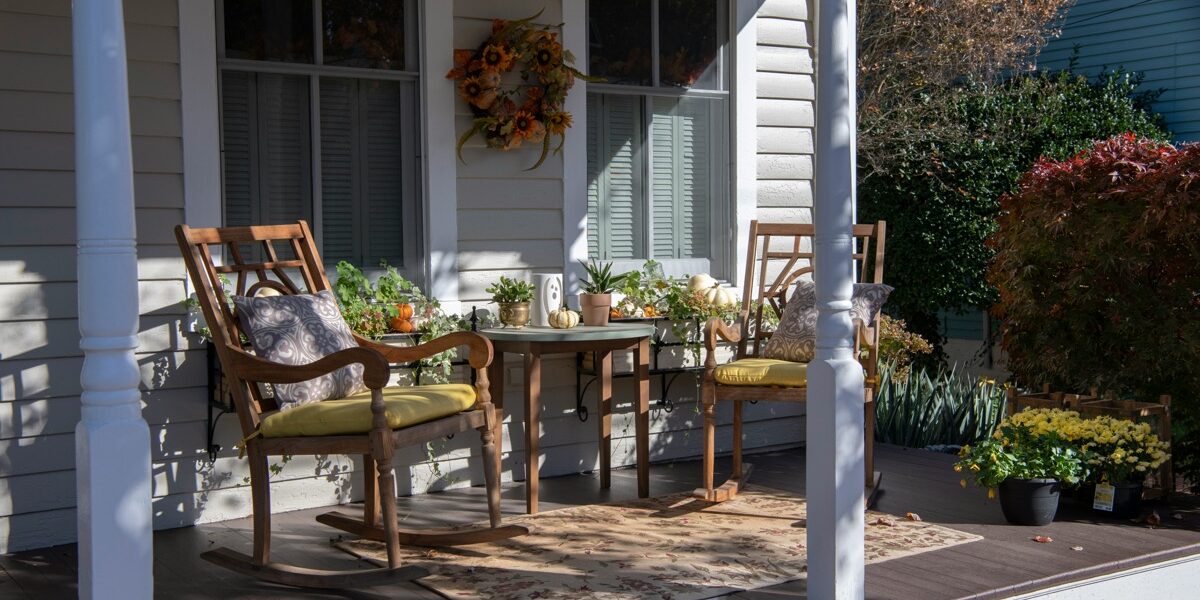Understanding Quarter Round and Its Uses
Quarter round molding is a crucial component in finishing flooring projects. It serves both aesthetic and functional purposes, providing a clean transition between flooring surfaces and walls or baseboards. Most often, it’s used to cover gaps or uneven edges left between flooring and walls, ensuring a polished finish. Made from materials like wood, medium-density fiberboard (MDF), or even PVC, quarter round can match or contrast your flooring to enhance the room’s aesthetic.

Essential Tools for Cutting Quarter Round
- Miter saw or miter box with a hand saw
- Measuring tape
- Pencil or marking tool
- Safety goggles
- Sandpaper or file
Choosing the right saw is crucial. A miter saw is ideal for quick, precise cuts. However, a miter box and hand saw can suffice for small jobs. Always prioritize safety. Wear goggles to protect your eyes from fine dust or wood particles.
Preparing for Your Project
Begin with accurate measurements of the wall length where the quarter round will be installed. Use a measuring tape to determine the precise length required for each piece. It’s better to measure twice and cut once to avoid mistakes. Mark these measurements on the quarter round using a pencil. Ensure your markings align perfectly for seamless installation.
The Cutting Process
Once your measurements are marked, set your miter saw to a 45-degree angle. This angle is standard for corners to meet seamlessly. If using a miter box, position your quarter round securely, ensuring it’s clamped if necessary to prevent movement.
Align the saw blade with your pencil mark. Cut slowly and steadily to maintain a clean edge. Allow the saw to do most of the work without forcing the blade through the material too quickly.
For internal corners, cut two opposite 45-degree angles to create a neat joint. For external corners, reverse the angle on the miter saw to accommodate the outward bend of the wall. Practice these cuts on scrap pieces if unfamiliar with the angles.
Inspecting and Finishing the Edges
After cutting, inspect the edges of the quarter round for any roughness. Use sandpaper or a file to smooth out jagged edges, preventing splinters and ensuring a snug fit. Clean edges will also take paint or stain more evenly, if you plan to finish the quarter round to match your room decor.
Installation Tips
- Lay the pieces along the wall before securing to confirm the fit.
- Use small finishing nails or construction adhesive to attach the quarter round to the baseboard, not the floor.
- Countersink nails and fill the holes with wood putty for a polished finish.
- Caulk any visible gaps between the molding and the wall for a seamless look.
Follow these steps for a successful quarter round installation. This attention to detail ensures that the molding is both functional and visually appealing.
Recommended Woodworking Tools
HURRICANE 4-Piece Wood Chisel Set – $13.99
CR-V steel beveled edge blades for precision carving.
GREBSTK 4-Piece Wood Chisel Set – $13.98
Sharp bevel edge bench chisels for woodworking.
As an Amazon Associate, we earn from qualifying purchases.



Subscribe for Updates
Get the latest articles delivered to your inbox.
We respect your privacy. Unsubscribe anytime.